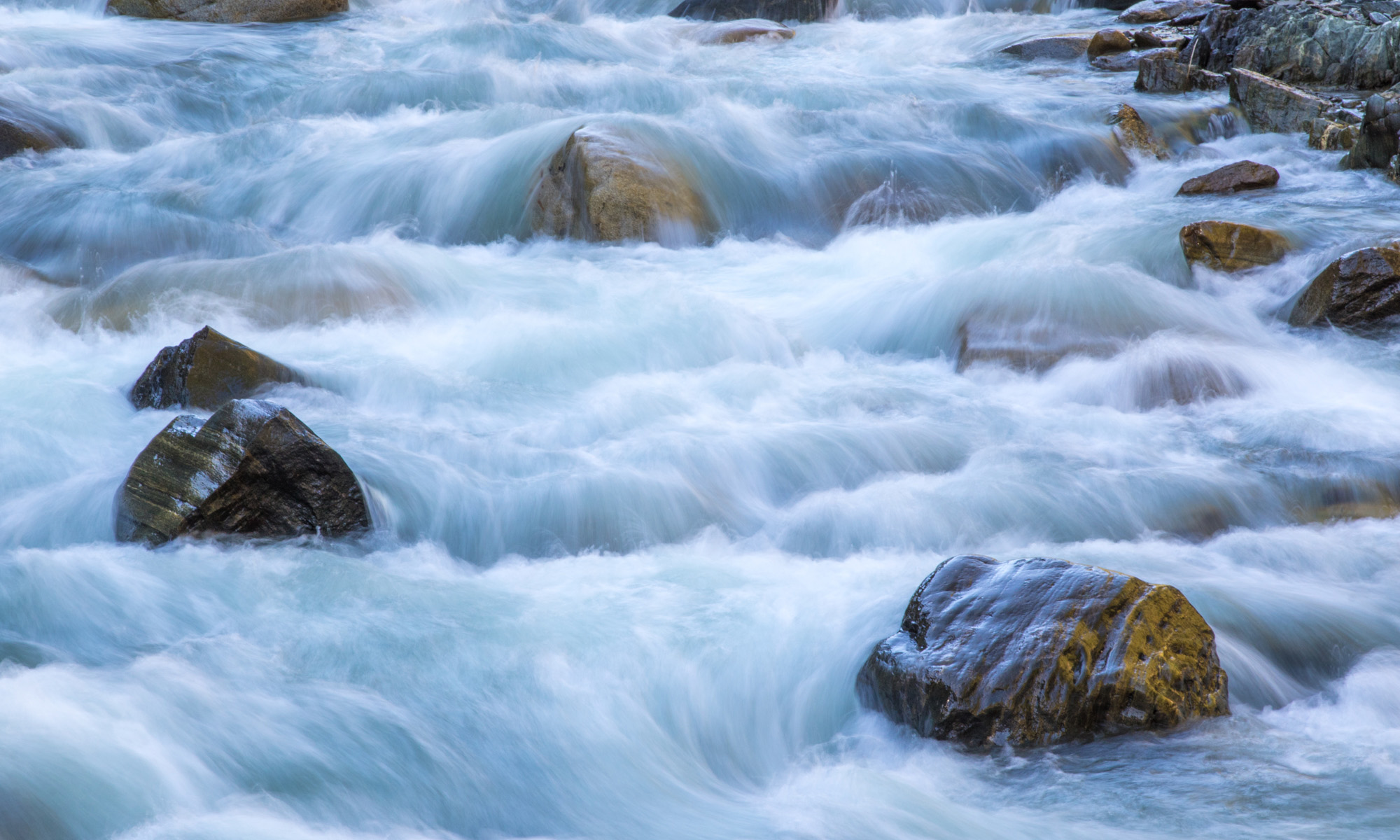Today’s Question: During one of your presentations you used a brush with a unique shape for an effect, but I don’t have the same brush. Am I missing brushes I should have, or do I need to buy brushes somewhere?
Tim’s Quick Answer: While there are many sources of brushes you can use in Photoshop, a great variety is available for free from Adobe. You can download those brushes and then import them using the Brushes panel in Photoshop.
More Detail: To get started you can go to the Brushes panel in Photoshop. If the Brushes panel isn’t currently visible go to the menu and choose Window > Brushes. Then click the panel popup menu button at the top right of the Brushes panel, which is an icon with three horizontal lines. From the popup menu choose “Get More Brushes”, which will take you to this page on the Adobe website:
https://www.adobe.com/products/photoshop/photoshop-brushes.html
There you’ll find a variety of different creative brush categories, with links for downloading any that appeal to you. After downloading the brush files, which will have a .abr filename extension, from either the Adobe page above or from another provider, you’re ready to load them into Photoshop.
To load the new brushes, go back to the Brushes panel in Photoshop and click the panel popup menu, this time choosing “Import Brushes” from the popup menu. Navigate to the location where you saved the brush file downloads, and select the applicable files. Click the Open button to complete the import.
You’ll then find the new brush sets under the applicable heading on the Brushes panel, so you can use the new brush tip shapes with any of the brush tools in Photoshop.

